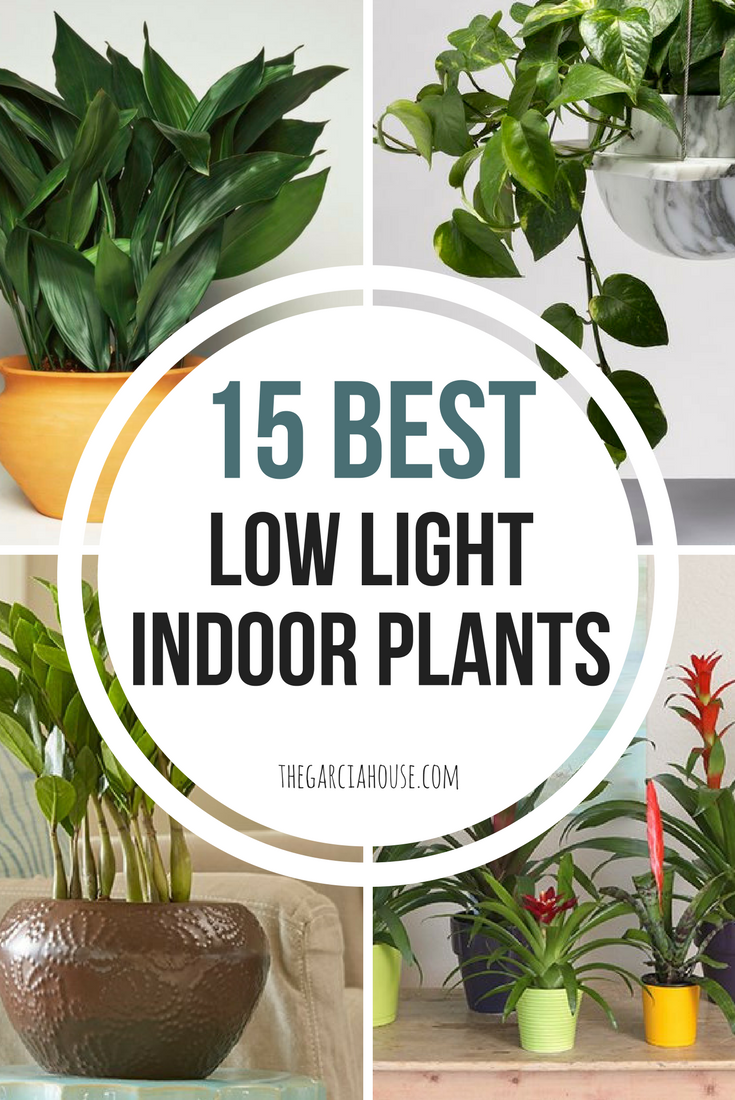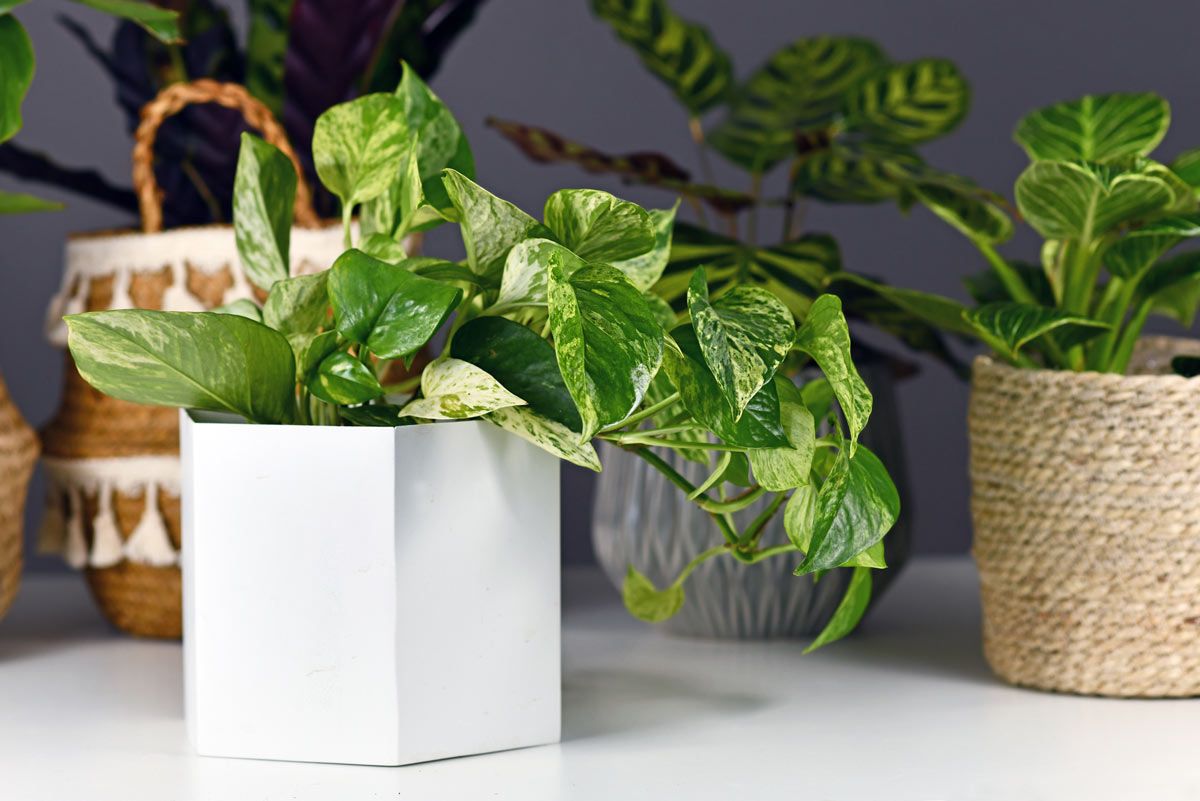Best Low-Light Indoor Plants That Thrive with Minimal Sunlight
Best Low-Light Indoor Plants That Thrive with Minimal Sunlight
Blog Article
Transform Your Home With Beautiful Low-Light Indoor Plants and Their Advantages
Integrating low-light interior plants right into your home can considerably improve both the visual and ecological top quality of your living spaces. These plants, which thrive in dim conditions, offer not only as decorative elements yet additionally as natural air purifiers, making them suitable for metropolitan residents or those with limited sunshine direct exposure. As we explore the various kinds of low-light plants and their advantages, you may locate surprising means to incorporate them into your home that can transform your surroundings in means you could not have anticipated.
Advantages of Low-Light Plants
Low-light plants use various benefits for interior environments, making them a superb selection for both beginner and skilled garden enthusiasts. Among the main benefits is their adaptability to low-light problems, allowing people to improve their home without the requirement for considerable sunshine direct exposure. This characteristic makes them ideal for homes, workplaces, and other locations with minimal natural light.

Furthermore, integrating low-light plants into home decor can boost the aesthetic charm of a room. Their lush vegetation and varied appearances produce a relaxing ambience, adding to total wellness. Last but not least, the existence of greenery has been linked to minimized stress and anxiety degrees and boosted efficiency, making low-light plants a functional option for improving both physical and mental wellness in interior settings.
Leading Low-Light Indoor Plants
While lots of interior plants flourish in brilliant light, numerous species are especially fit for low-light problems, making them optimal for numerous indoor areas. One preferred choice is the Snake Plant (Sansevieria), recognized for its striking upright leaves and durability, calling for minimal care. One more exceptional choice is the Pothos (Epipremnum aureum), which includes heart-shaped leaves and can route wonderfully from wall mounts or shelves, flourishing in low light and adding a rich touch.
The ZZ Plant (Zamioculcas zamiifolia) is commemorated for its shiny fallen leaves and ability to endure disregard, making it perfect for hectic way of lives. Likewise, the Tranquility Lily (Spathiphyllum) not just endures reduced light yet also produces sensational white flowers, enhancing any kind of space's visual.
For an one-of-a-kind touch, take into consideration the Cast Iron Plant (Aspidistra elatior), which indeed lives up to its name, flourishing in the darkest corners of your home. The Chinese Evergreen (Aglaonema) supplies a selection of fallen leave patterns and colors while being extremely flexible in low-light conditions. These plants not just improve indoor environments but likewise contribute to air purification, boosting your space.
Care Tips for Low-Light Plants

Watering techniques are critical; these plants typically prefer somewhat completely dry conditions. Overwatering can result in root rot, so ensure that the top inch of dirt is dry before sprinkling again. Usage pots with water drainage holes to enable excess dampness to leave.
Moisture is an additional vital element. Many low-light plants, such as ferns and tranquility lilies, gain from greater moisture levels. To enhance moisture, take into consideration misting the leaves or putting a tray of water near the plants.
Fertilization needs to be approached with care. Throughout the expanding season, utilize a diluted, balanced liquid plant food every month to support growth, but prevent feeding throughout the inactive winter months.
:strip_icc()/peace-lily-spathiphyllum-wallisii-domino-bd41865a1-252ea4c0b35b43d19a41435b16a9cd01.jpg)
Innovative Ways to Show Plants
Interior plants can act as fascinating centerpieces in any space, improving both visual allure and setting. Imaginative display screens can elevate the visual impact of low-light plants, making them an essential part of your home design. One efficient method is to make use of tiered plant stands, which allow you to display numerous plants at differing heights while maximizing floor room.
Hanging planters are one more ingenious choice, creating a feeling of deepness and drawing the eye upward. Consider macramé wall mounts or wall-mounted shelves to introduce a distinct texture and design.
For an extra structured method, use geometric terrariums or glass containers to house your plants, adding a contemporary touch to your indoor yard. You can likewise repurpose vintage items, such as teacups or wooden cages, for an eclectic display screen that shows your personality.
Enhancing Home Setting With Plants
Incorporating low-light plants into your home not just enhances aesthetic charm but additionally contributes considerably to the total ambiance. These plants offer as natural decor components, presenting a feeling of harmony that can transform any type of room. The visibility of greenery promotes a soothing environment, which is particularly valuable in high-stress atmospheres such as home workplaces or living areas.
Low-light plants, such as serpent plants, pothos, and ZZ plants, are not only cosmetically pleasing however also enhance interior air high quality by filtering system pollutants. This double feature boosts the setting further, creating a healthier home (Best low-light indoor plants). The calculated positioning of these plants can additionally influence the assumption of space; as an example, high plants can draw the eye up, making ceilings show up greater and rooms a lot more spacious
In addition, differing textures and colors of foliage include deepness to indoor style, enabling imaginative expression in home designing. Whether positioned on racks, in corners, or as centerpieces, low-light plants can elevate the mood of any kind click for source of space. In summary, incorporating these plants into your home is a reliable way to cultivate a cozy, inviting ambience while profiting of improved air quality and aesthetic adaptability.
Verdict
Incorporating low-light indoor plants right into home atmospheres provides numerous advantages, including enhanced visual allure and boosted air high quality. These resilient plants, such as the Serpent Plant and Peace Lily, call for very little light and upkeep, making them suitable for varied way of lives.
While numerous interior plants grow in intense light, numerous varieties are especially appropriate for his response low-light conditions, making them suitable for various interior areas. One efficient approach is to utilize tiered plant stands, which permit you to showcase numerous plants at varying elevations while optimizing flooring space.
Low-light plants, such as snake plants, pothos, Recommended Reading and ZZ plants, are not just visually pleasing yet also enhance interior air high quality by filtering contaminants. Best low-light indoor plants. The strategic placement of these plants can additionally influence the assumption of space; for instance, high plants can draw the eye up, making ceilings show up higher and spaces extra spacious
These durable plants, such as the Serpent Plant and Peace Lily, require very little light and upkeep, making them ideal for diverse way of lives.
Report this page